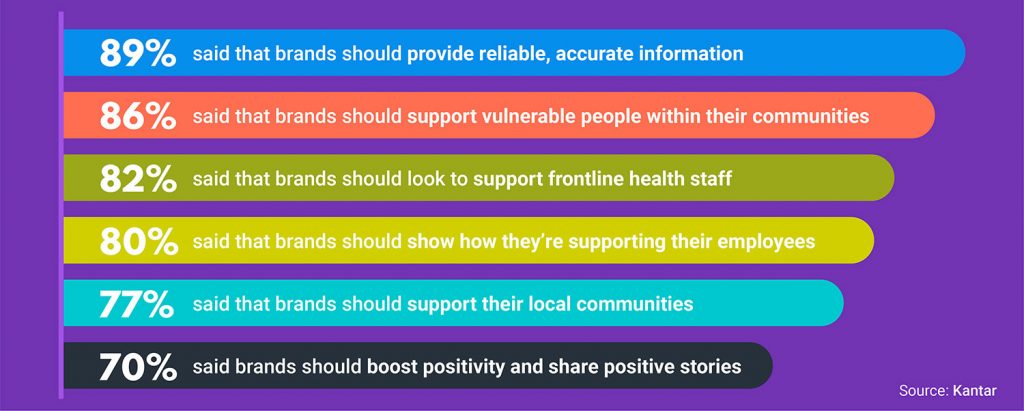Bringing your marketing activity in-house is a tough decision. It helps if you have more information, so let’s have a look at some in-house strategy.
Your brand depends on your choices and directions – on how you plan the strategy and organize the team. You need to act and react quickly, staying flexible and agile. Having an in-house marketing team might require changing your mindset and taking care of matters that you previously delegated. It’s a lot of effort, but the returns are great (e.g. more data, better knowledge, more control over activity and costs, etc.)
Some key steps you can take:

1. Define your brand’s DNA
What are the characteristics of your brand – its key qualities, its core. What makes it unique? This is the basis of a solid brand culture and the best way to create a strong bond with your customers. Once you’ve defined your brand’s DNA, be consistent. Identity is key to differentiating your brand.
2. Make your message stand out
Your brand is unique and so should be your message. It’s not just about brand awareness. Being present is important, but the effort will not bring returns if you don’t manage to differentiate your brand from competitors.
Think carefully about how you want your brand to be perceived. Simply explaining benefits is tempting and may be easier, but your audience is more complex than that. You should also work on creating emotive appeal.
3. Get your audience’s attention
Before someone can read or hear your message, you need to get their attention and this can be difficult. Compelling images, good storytelling and creative formats will help.
Creativity, quality and relevance – the combination of these powerful elements will not only get your audience’s attention, but it also will make it easier for your message to be distinct.
4. Focus on generating value for your customers

Being relevant is not only about delivering interesting messages, but about changing something in someone’s life. People trust brands because there’s an advantage for them. If a brand can’t generate value, it has no reason to exist.
Generating value for others has another great advantage: your brand will be able to leverage ambassadors, even if they are not famous people. Regular customers who write good reviews or speak positively about your brand are very valuable.
5. Put people first
Customers and employees should be the reason your brand exists because they are the ones who make it possible. Their needs and your strategy are not only compatible but interdependent.
6. Your customers don’t care about purchase funnels, but you should
Every touch point affects perception and purchase intent. Be as present as you can. If you can’t cover the whole customer journey, choose the most relevant places and times to maximize positive impact.
7. Talk to your customers the way they talk
Very complicated marketing terminology does not help you connect with your customers. Let them know that you understand them by using their language. Brands can have their own values and culture, but it should be expressed in the same language as the audience. Communication should also be multidirectional: your brand has to talk but also listen.
8. Be patient
You have to fail before you can succeed. Every mistake you make is a chance to learn and grow.
Last but not least, celebrate every small victory, but don’t lose sight of your goal and your main strategy. Every single win brings you a step closer.
How can I make my messages stand out?
You can stand out from your competitors by having a unique message to your consumers. For that, you need to craft your message carefully and creatively.
How can I provide value as a brand?
Brands should strive to have a positive impact on the world as well as selling products. That’s why being reliable, treating employees well, supporting local communities and boosting positivity can help generate value for your business.










